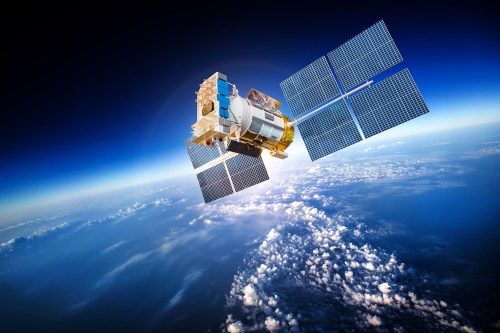
This week, a team of researchers from Stanford, Massachusetts Institute of Technology, and the University of Boston have raised another concern about smaller particles that could also threaten orbiting spacecraft. These dust-sized micrometeorites might not fracture spacecraft like some space debris but simulations showed that, upon impact, they produce a pulse of radiation strong enough to disable a satellite.
The hypothesis was hatched by senior author of the study, Stanford’s Sigrid Close, who looked into the idea that hypervelocity impacts could be to blame for some satellite failures, roughly half of which remain unexplained. Close and her colleagues used computer simulations to model plasma and electromagnetic fields at the same time, calculating the amount of radiation generated by the plasma during impact.
“For the last few decades researchers have studied these hypervelocity impacts and we’ve noticed that there’s radiation from the impacts when the particles are going sufficiently fast,” Alex Fletcher, lead author and postdoctoral researcher at Boston University, said in a press release. “No one has really been able to explain why it’s there, where it comes from or the physical mechanism behind it.”
Put briefly, the radio-frequency radiation occurs when a projectile hits an object and converts into a plasma. As the plasma expands, its electrons move exponentially faster than the positive ions creating a current. The more the plasma cloud expands, the more the electrons and ions pulls against each other, oscillating that current. This interplay creates the pulse of radiation, which Close told IEEE Spectrum is like a “mini-nuke.”
According to the researchers calculations, a dangerous pulse could from a femtogram-scale (that’s smaller than nano-scale) particle traveling at just under 11.2 miles per second. Keep in mind that many micrometeorites are many magnitudes larger and travel much faster. The good news is, for one of these “mini-nukes” to really deal some damage, it has to hit in precisely the right (or wrong) spot.
“It sounds scary, but the plasmas are tiny and disappear in microseconds,” Close said. “So you have to be unlucky. You have to have sensitive components close to the impact.”
Nonetheless, for a “failure is not an option” agency like NASA, the study is one which they’ll want to consider.
A paper detailing the study was published this week in the journal Physics of Plasmas.
Editors' Recommendations
- This iodine satellite propulsion system could help reduce space debris
- Terminator Tape could tackle space debris by efficiently de-orbiting satellites